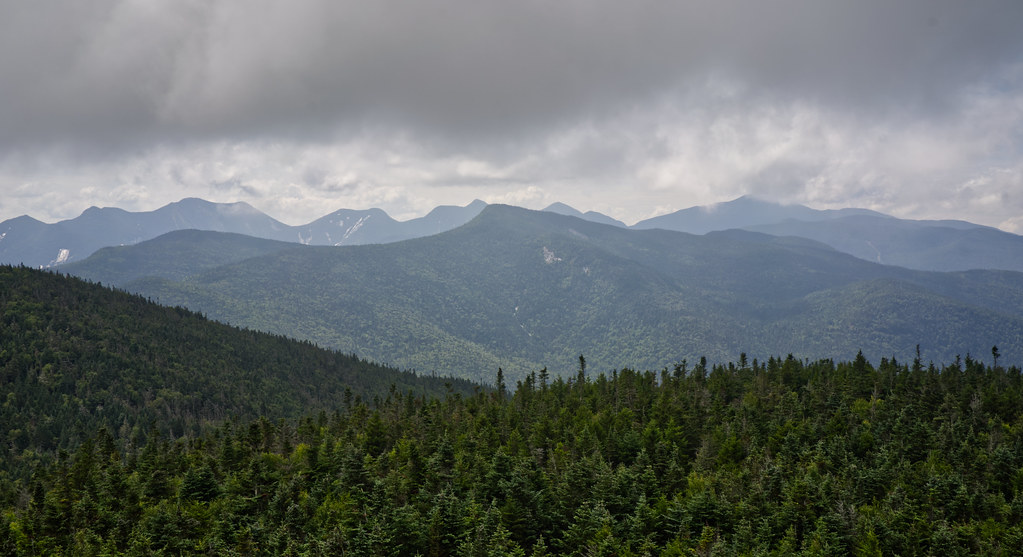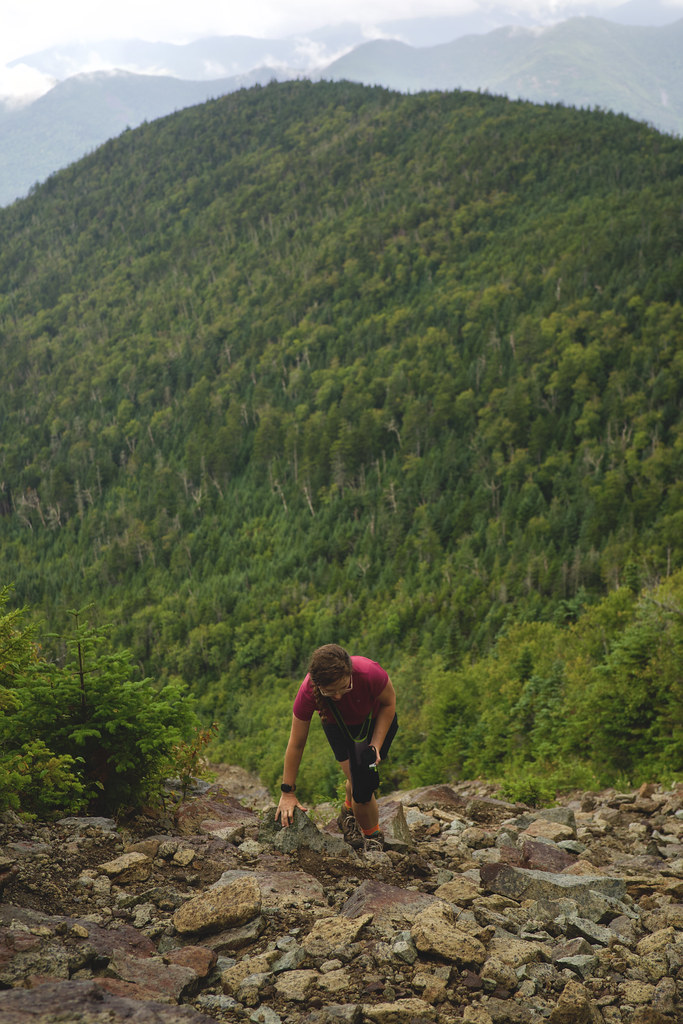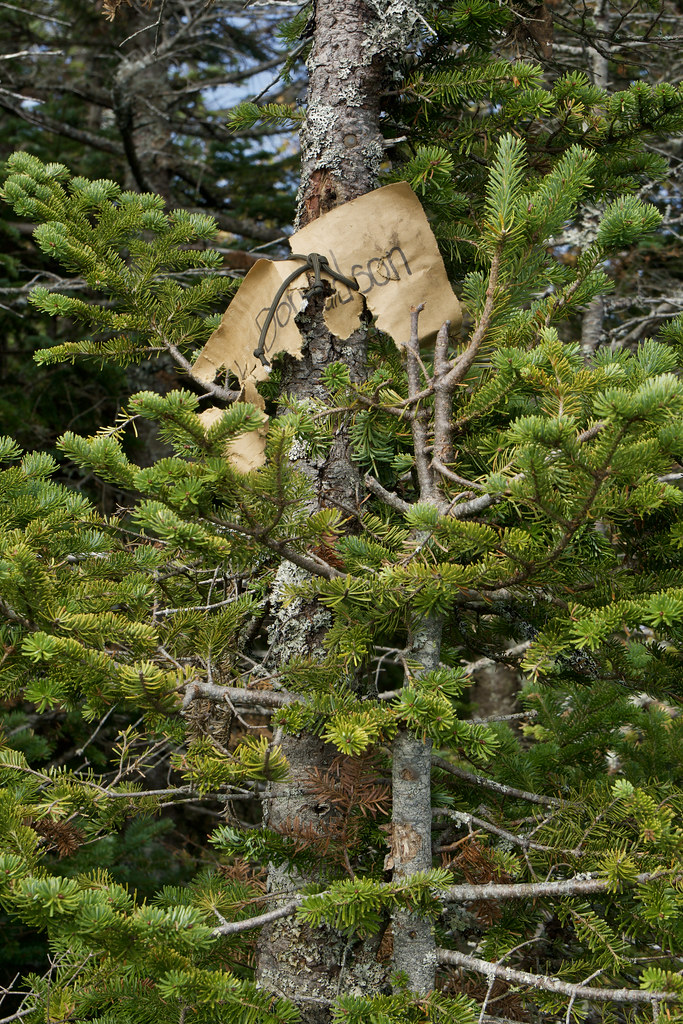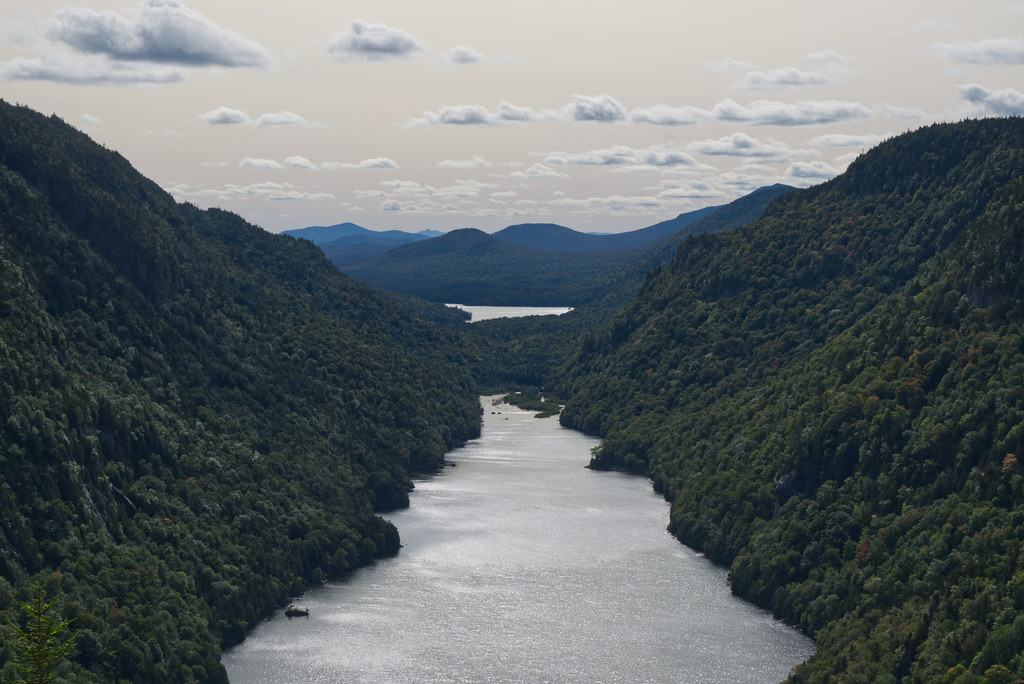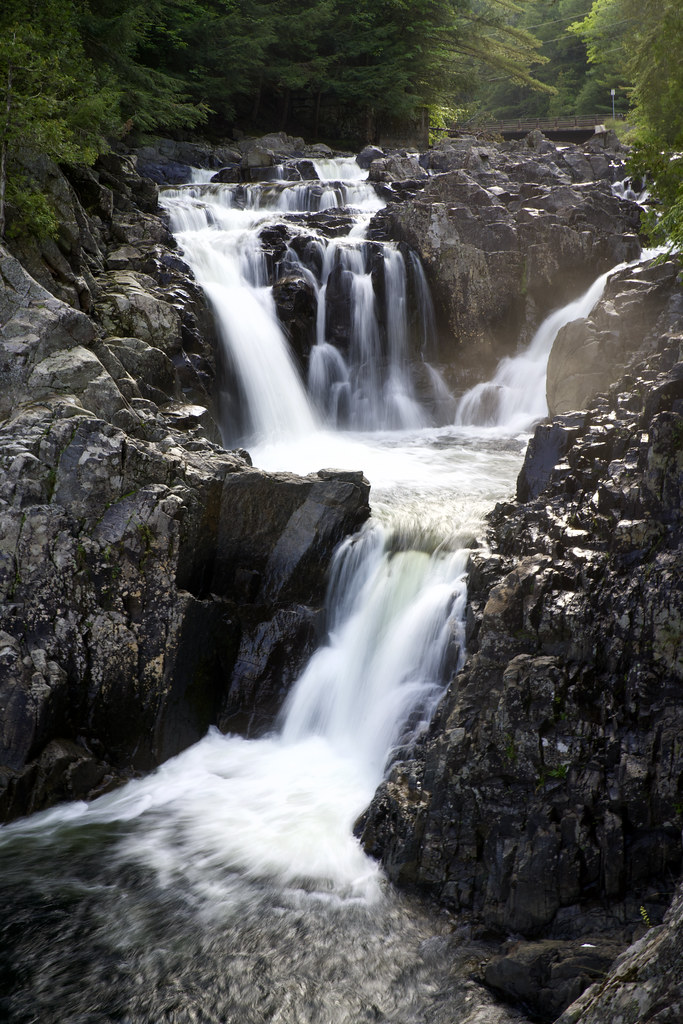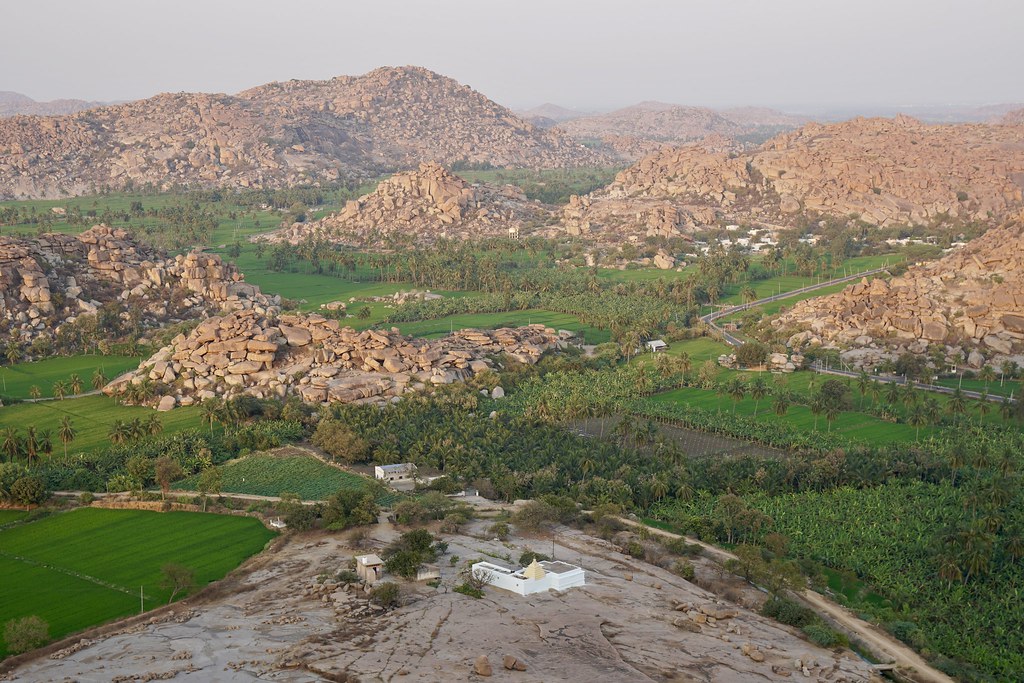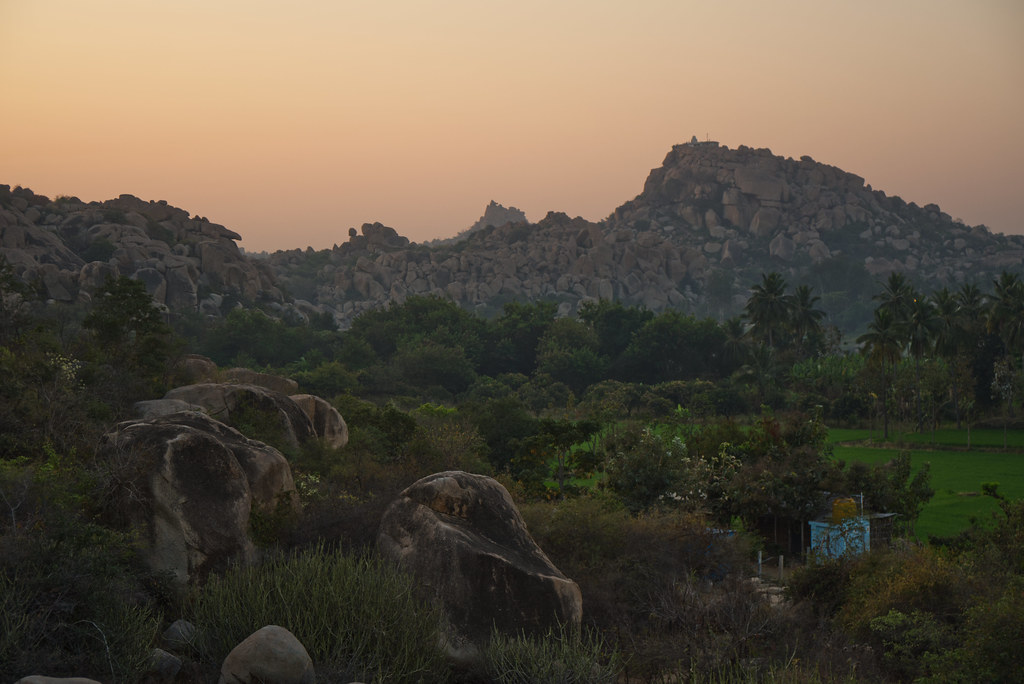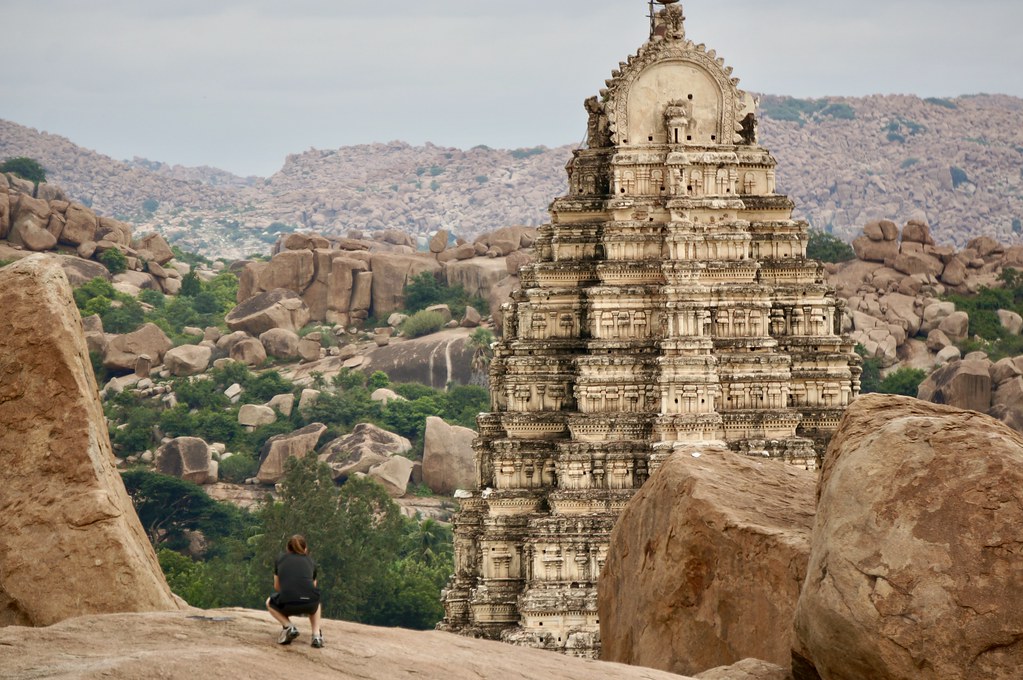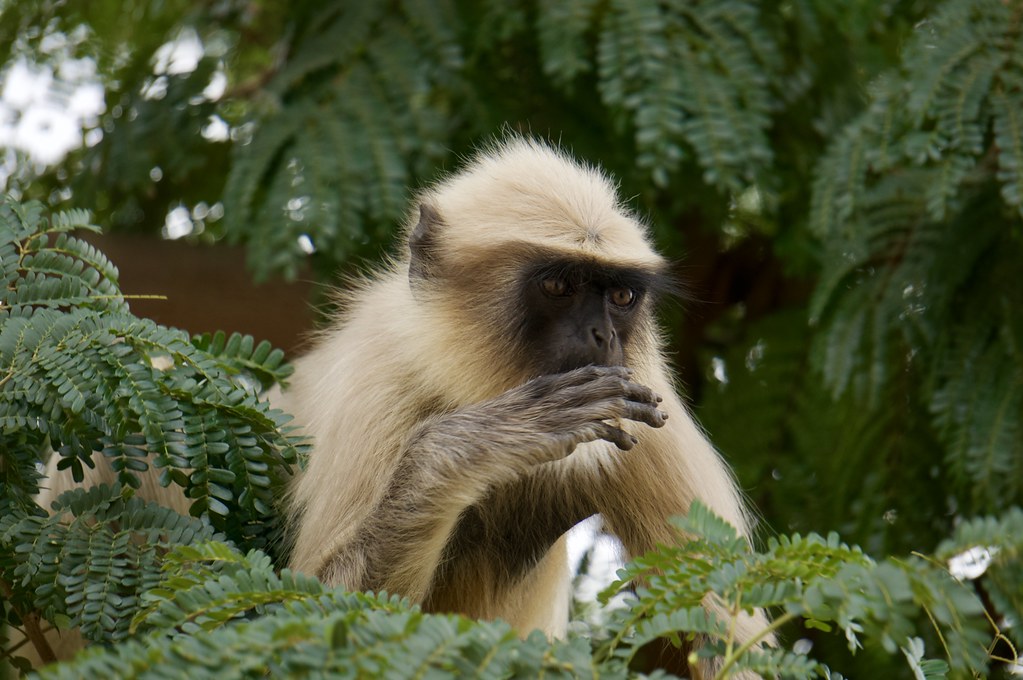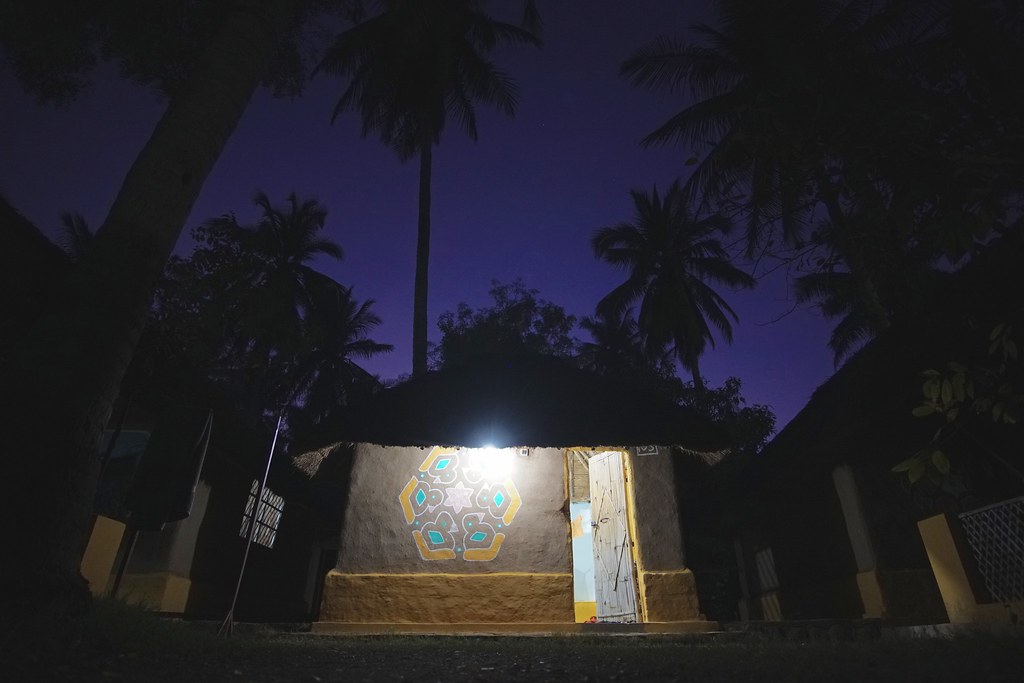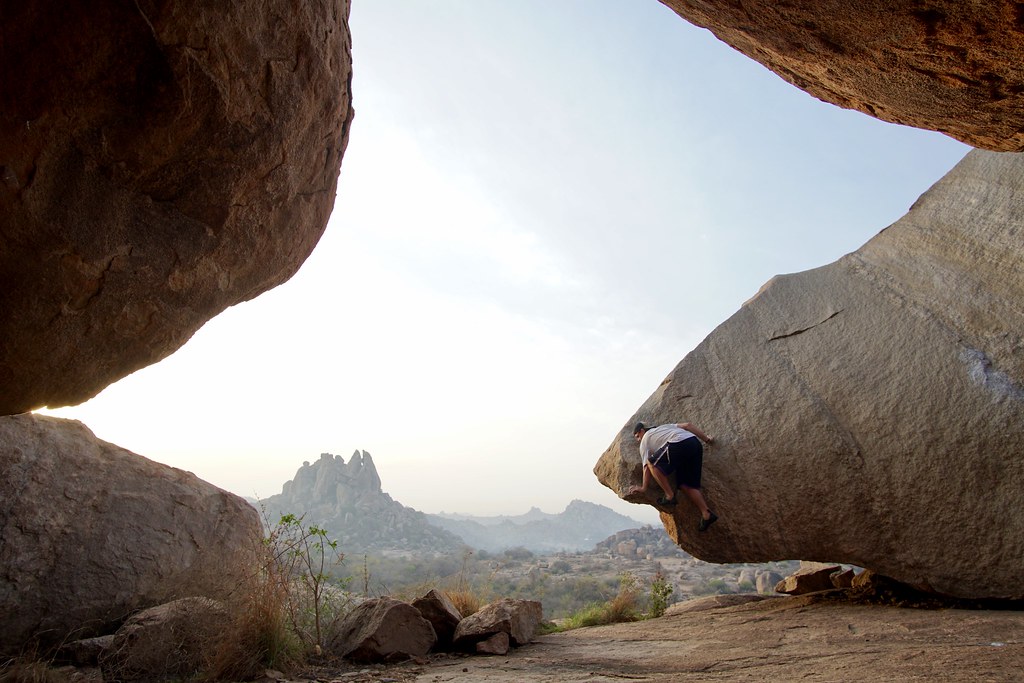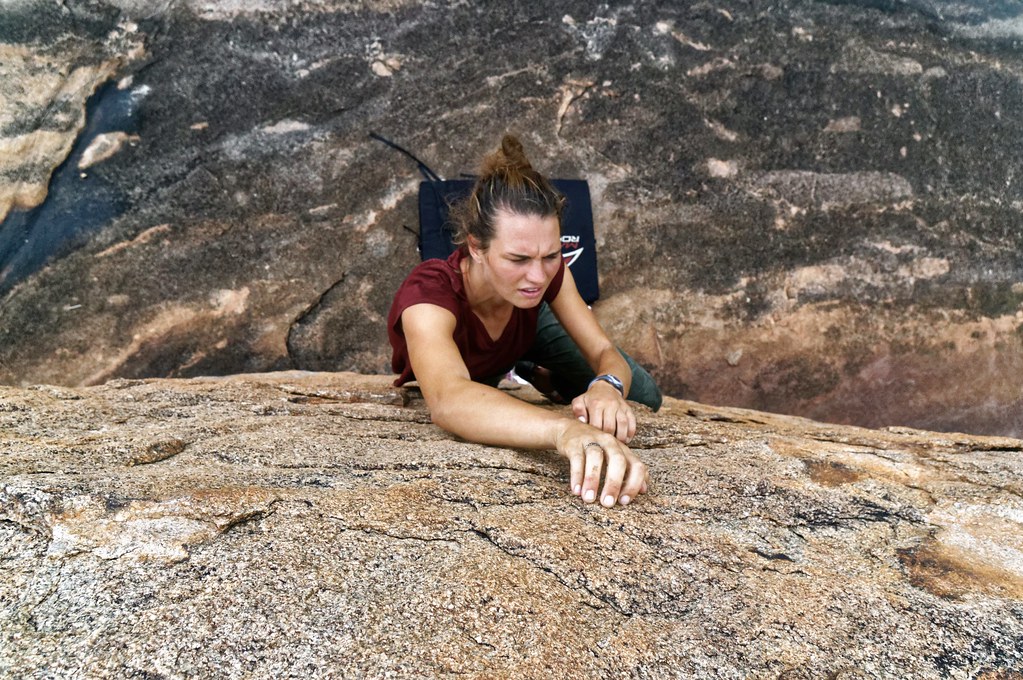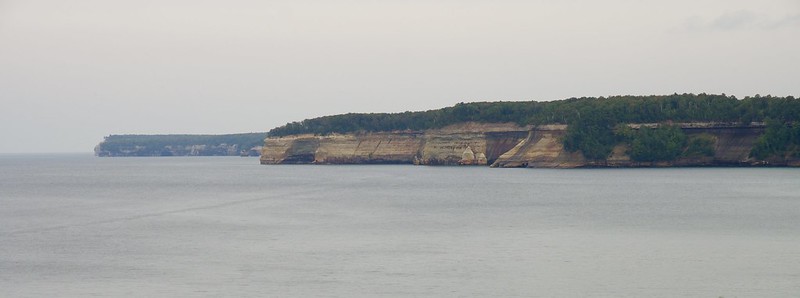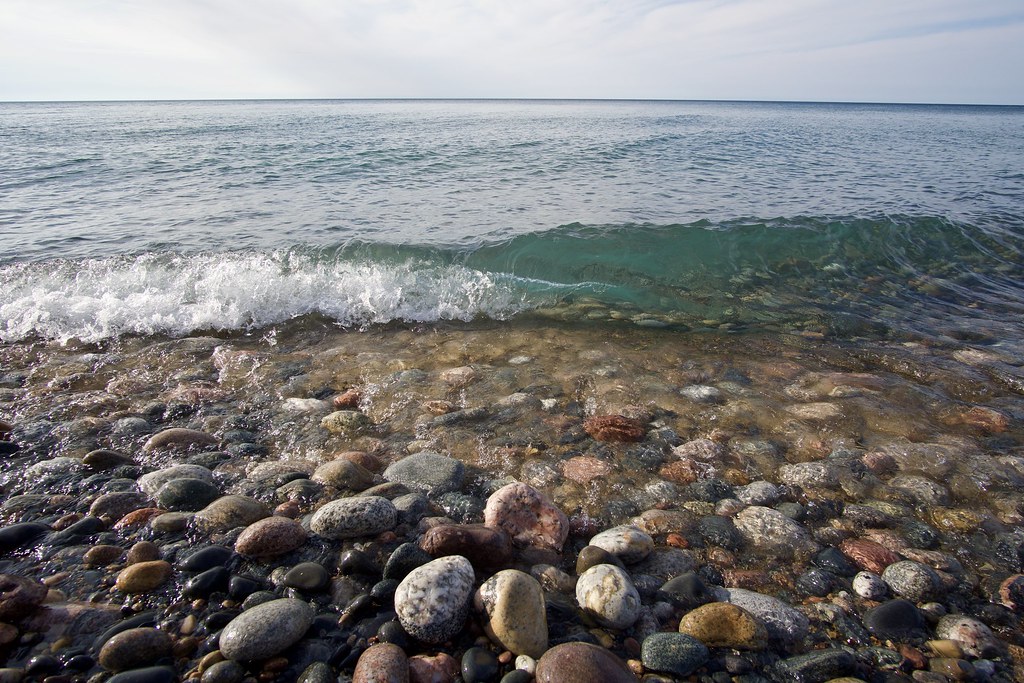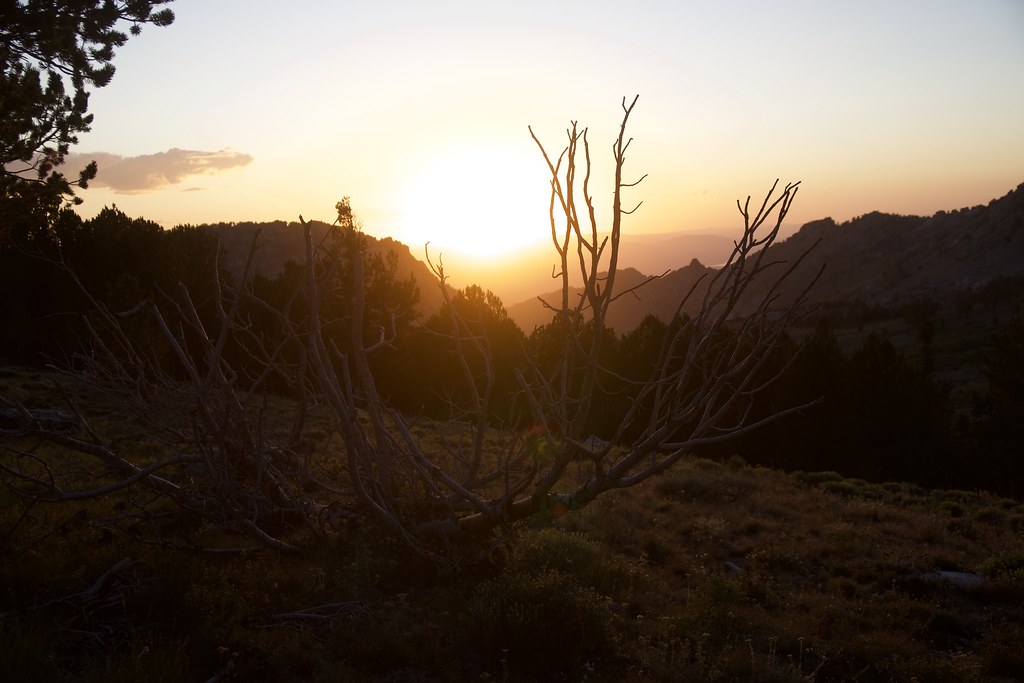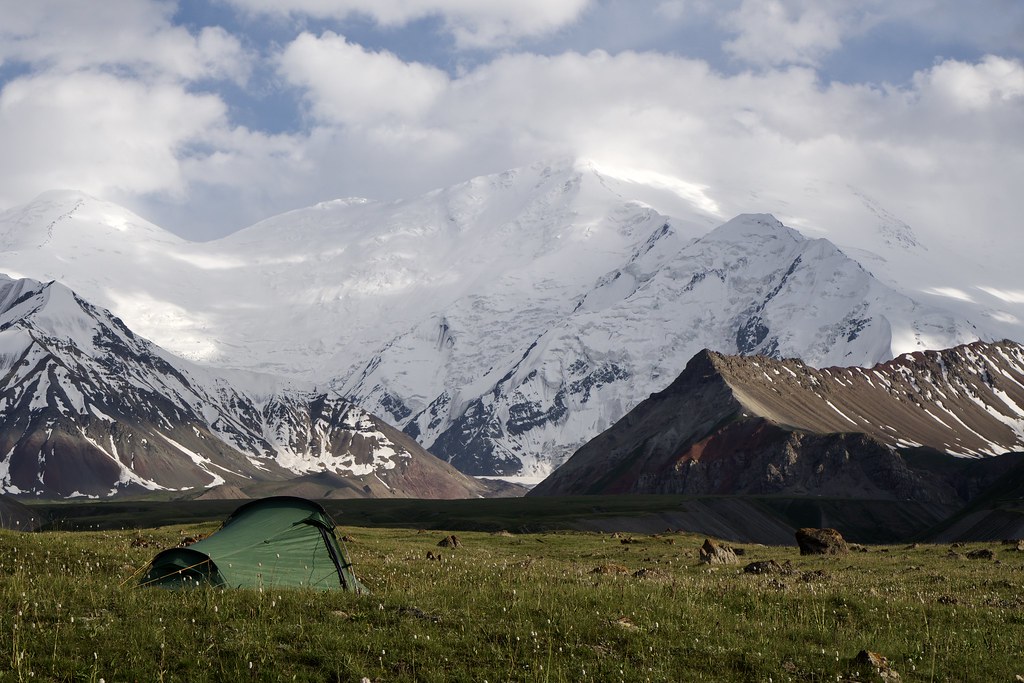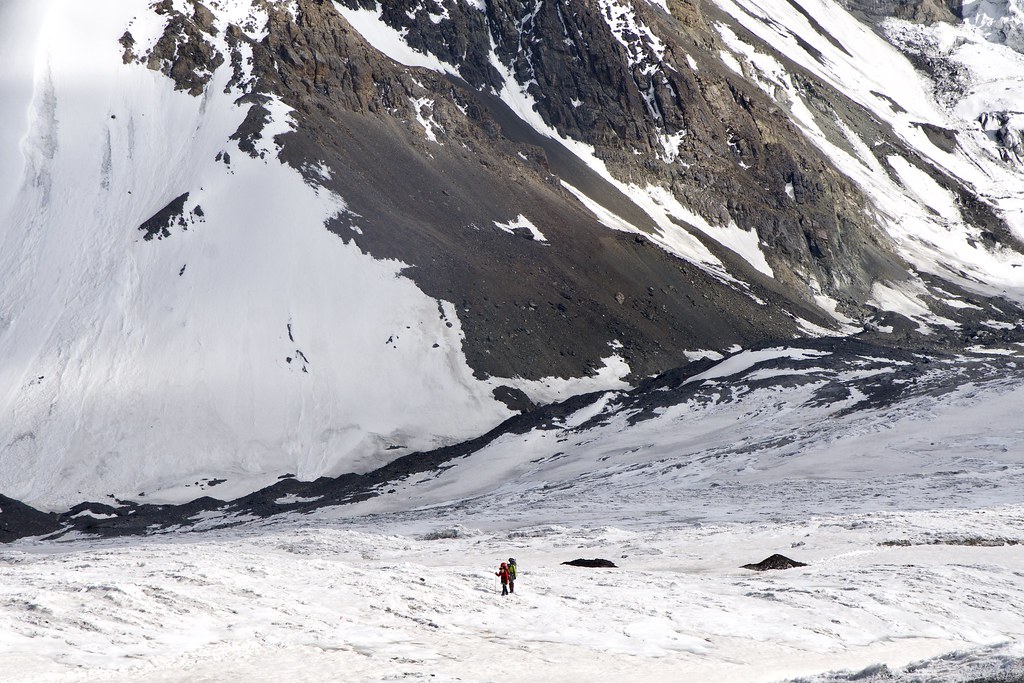I have come to realize that different demographics use the word "racist" to mean different things. Most people I knew growing up meant skin-color based prejudice and most of them would not consider themselves racist by that definition. I myself would have denied it. Meanwhile, at the same time I was in high school, black Americans were being incarcerated on drug charges at a rate 1,100% that of white citizens, despite there being no difference in actual drug prevalence. As a result, in some places up to 80% of the black male workforce were labeled "felons". Combined with similar injustices in education and other institutions, while White American males enjoyed unemployment rates around 5%, for Black American males it was as high as 65%.* How could they not feel targeted? Or rather, how could they not actually BE targeted? When many Black Americans use the word "racist" they are speaking about the day to day fallout of the actual results of these statistics.
How can we celebrate MLK and deny affirmative action? Pretending racism doesn't exist isn't going to solve racism. Pretending we all have ultimate control over our own world view and can somehow ignore all the stereotypes in all our decision-making processes doesn't solve racism. Every White officer, every White person denies any prejudice and yet the results of our "justice" system are obviously racist. We judge ourselves by our intentions and we judge others by the results of our unjust system.
When MLK dreamed of a day when skin color wouldn't matter, he was not suggesting that somehow ignoring skin color would end racism, he was calling us to work toward a reality that matched our ideal that all people have equal value. That starts by admitting that despite our best efforts, we are actually prejudiced, all of us, and therefore our systems and institutions are too. Just look at the result of our work, or lack thereof.
Let us not live in denial, or merely condemn those racists somewhere out there, but rather confess along with Daniel in the Bible that "to you O Lord belongs righteousness but to us open shame," and the prophet Isaiah crying out, "Woe is me, I am a man of prejudice, and I live among a people of prejudice." Have mercy, O Lord, on us sinners. Admitting our short-sightedness is the first prerequisite to letting "justice roll down like water, and righteousness like an ever-flowing stream." And meanwhile maybe we can begin to follow the example of Christ, who never shrugged at the few who fell through the cracks in the system, but left the ninety-nine to go and seek out the one.
*statistics are from Dr. Alexander's book "The New Jim Crow" (a professor of law at OSU) - if you are interested to learn more I highly recommend reading the whole book.

